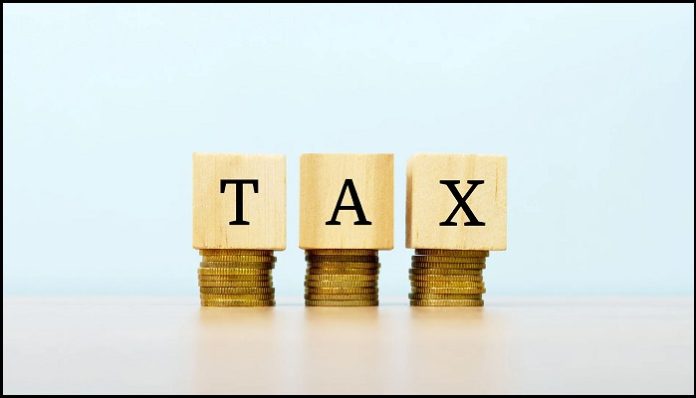New Delhi: “Get Your Income Tax Matters in Order for the New Financial Year (FY 2023-2024) within the Deadline.”
“The Key Highlight of this Financial Year: New Income Tax Slabs Revealed in the Budget by FM Nirmala Sitharaman and Your Subsequent Tax Regime Selection.”
In April, businesses need to decide between the old and new tax regimes, as per an I-T circular from earlier this month.
This decision is important because businesses are required to collect specific information from workers about their preferred tax structure for the current fiscal year and adjust TDS (Tax Deducted at Source) deductions accordingly.
If an employee fails to notify their employer of their preferred tax regime, the employer will be obliged to deduct TDS from the employee’s salary income.
Why It Is Important To Choose Tax Regime In April?
Salaried individuals need to prioritize arranging their taxes within this month due to recent changes in the Income Tax Act of 1961.
This is because the tax regime chosen by an individual will directly impact the amount of tax withheld from their salary income.
Inadequate tax planning may result in higher TDS deductions from salary income, leading to a decrease in take-home pay.
Therefore, if an employee does not inform their employer about their chosen tax system, TDS will be deducted based on the income tax slabs of the new tax regime.
What Happens When You Don’t Choose Tax Regime?
Once the tax system has been finalized for the fiscal year in April, it cannot be changed.
The tax regime option communicated at that time will be used as the basis for the employer’s salary tax deductions throughout the year.
However, it’s important to note that while filing the Income Tax Return (ITR), an individual may choose a different tax structure if desired.
New Tax Regime Vs Old Tax Regime: What Expert Says
Amit Gupta, the Managing Director of SAG Infotech, stated that for the fiscal year 2023-2024, the government will introduce a new tax system that will modify the income tax slabs.
The new tax system will also include a basic deduction, a reduction in the surcharge on taxable income exceeding Rs 5 crore, and no tax on taxable income up to Rs 7 lakh.
“Gupta emphasized that salaried individuals need to proactively manage their taxes this month, considering the recent changes in the Income Tax Act of 1961.
The tax regime chosen by an individual will directly impact the amount of tax withheld from their salary income.
Poor tax planning could result in higher TDS deductions from salary income, ultimately affecting take-home pay,” said Amit Gupta, Managing Director of SAG Infotech.
Additionally, he emphasized that one must wait for the income tax department to process their income tax return (ITR) form and issue an income tax refund before attempting to collect any additional funds, if an excess amount was deducted from their salary income as TDS.
Changes Announced In New Tax Regime:
Following are the changes announced under the new tax regime
– New income tax slabs
– Hike in basic exemption
– Standard deduction for salaried and pensioners
– Reduction in surcharge rate
New Income Tax Slab:
Under the new tax system, individuals with an annual income of up to Rs 7 lakh will not be liable to pay any taxes.
Furthermore, the basic exemption level has been increased to Rs 3 lakh, and a standard deduction of Rs 50,000 is permitted.
The new tax system imposes the following income tax rates: 5 percent for income between 3 and 6 lakh; 10 percent for income between 6 and 9 lakh; 15 percent for income between 9 and 12 lakh; 20 percent for income between 12 and 15 lakh; and 30 percent for income of 15 lakh and above.
Old Tax Regime Tax Slab:
Under the previous tax code, the baseline exemption level, which includes exemptions and deductions, is set at 2.5 lakh rupees.
Additionally, individuals with an annual income of 5 lakh rupees or less are exempt from paying taxes.
Income falling between 2.5 lakh and 5 lakh is subject to a 5 percent tax, while income between 5 lakh and 10 lakh is subject to a 20 percent tax.
For income exceeding Rs 10 lakh, taxes are levied at a rate of 30 percent.
